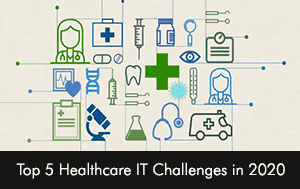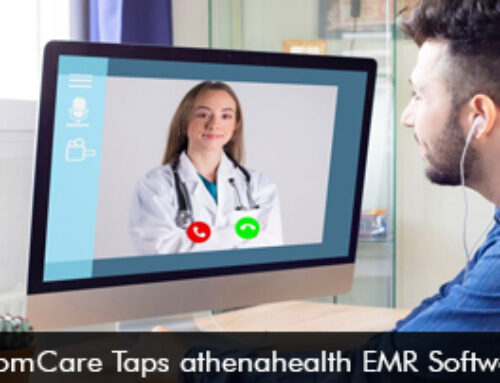To stay ahead this year healthcare providers and the healthcare sector needs to know about the quick changes and advancements that are taking place in the healthcare industry. This industry is evolving, in terms of government regulations, patient expectations, technology innovations, and rapid changes in the environment due to emergencies and the outbreak of a pandemic.
Each year, The Healthcare Executive Group (HCEG) partners with Change Healthcare to conduct a survey that identifies the top 10 issues faced by the healthcare sector in the US. The survey helps healthcare providers to stay in business and operate well despite the many obstacles as they are prepared to navigate in deep waters.
Struggles and Challenges Faced by Healthcare IT in 2020
In this article, we will take a look at the top 4 struggles and challenges in 2020.
- Cybersecurity – It was recorded that in the year 2017 the US healthcare sector was exposed to over 350 data breaches. These technology breaches mean that sensitive patient data is always open to risk. The healthcare industry is vulnerable to cyber-attacks and it is a major concern for software vendors and healthcare provides to ensure the protection of patient data that is shared and transferred. The blockchain technology and HIPAA Compliance are some ways healthcare organizations can encrypt patient information and data against hackers.
- Reducing Healthcare Costs and Enhancing Patient Care – Due to a shift in government policies and an increase in population healthcare costs are on a rise in the US. To provide improved care to patient’s clinicians should upgrade their technology which will also make them competitive in the healthcare sector. What physicians can do is to look for EHR software solutions with the features that they are going to use for their practice workflows. Software with extra features that are not being used daily will cost the healthcare provider a higher license fee. If you want to lower or eliminate costs further there is always an option to try out free and open-source EMR software solutions.
- Big Data – With more healthcare data being generated it is scattered across several parties involved including, patients, providers, and payers. Not all information is transferred properly and it is a challenge to get accurate insights from the data. To harness the power of big data healthcare organizations need to rely on data-driven decision making. Analytics features should be used to get valuable insights to support decision making. If healthcare providers want to reduce administrative costs and improve the patient experience they can use a HITRUST –certified third-party provider to handle all invoicing and payments.
- Implementing Strategies to Enhance Overall Patient Experience and Satisfaction Levels – The healthcare’s other biggest challenge is to understand the importance of consumer experience and find ways to make outcomes convenient and streamlined. Medical practices in the US have embraced digital methods like patient portals and self-check-in kiosks to improve the patient experience. Patient experience can be enhanced by using telehealth EHR software solutions to diagnose and treat patients from the comfort of their homes. The telehealth module also helps to reduce costs for the healthcare provider such as patient care and equipment. The patient portal software is effective for patients to easily and quickly check lab results and requests and prescription refills.
- Preparing for a Crisis Situation – One of the biggest challenges for the healthcare sector was facing the COVID-19 pandemic which struck the world and changed how healthcare was seen. More time and resources should be invested to tackle the outbreak of new diseases so timely action can be taken. COVID-19 collapsed the best healthcare systems of the world because they were unprepared to handle the contiguous spread of the virus. Healthcare systems are using AI technologies and preparing their EHR software systems to screen patients. We have seen a shift in healthcare providers using telehealth EHR software solutions to treat and diagnose patients remotely, this has helped to contain the spread of the virus and reduced the burden in hospital facilities.
Final Note
Healthcare providers should address the above-mentioned challenges now to operate efficiently and most importantly keep patients satisfied. Providers that will take action quickly will be able to have a fruitful 2020 year. Healthcare providers must embrace technology solutions like EMR software solutions, Telehealth EHR software, and patient portal platform to make a difference in daily operations and running a medical practice that won’t fail.







